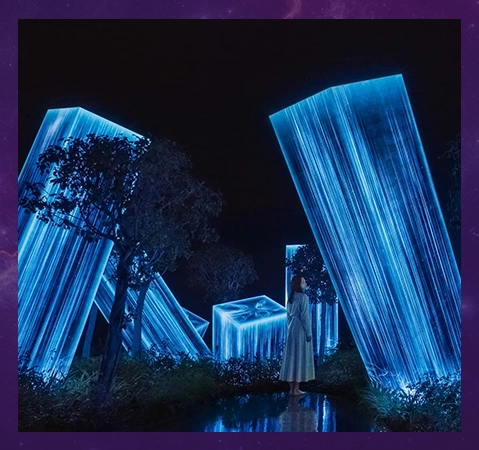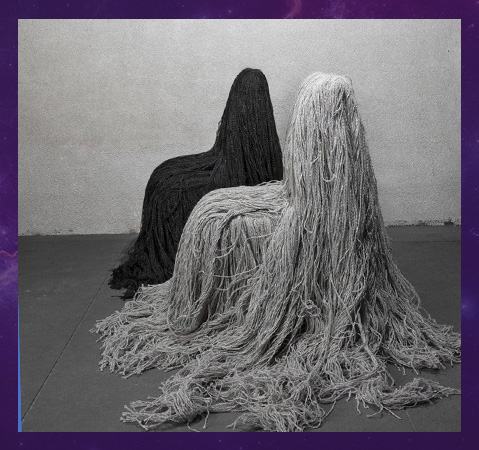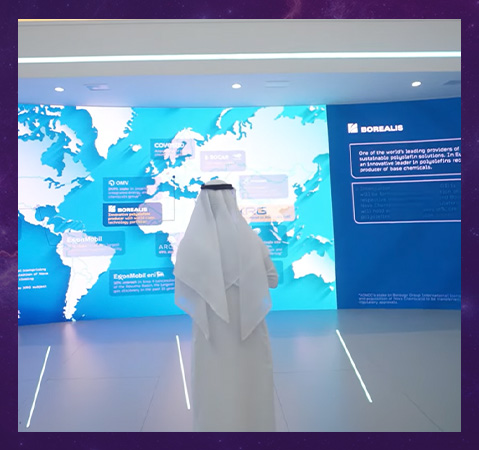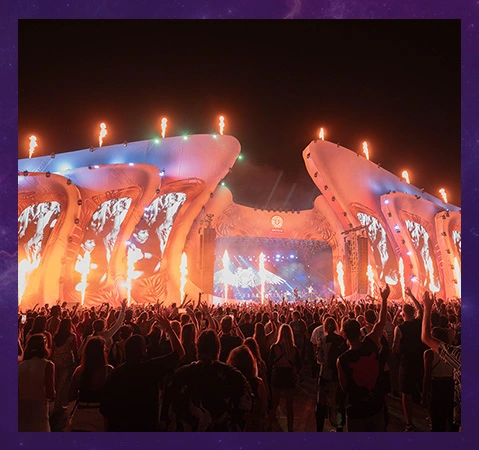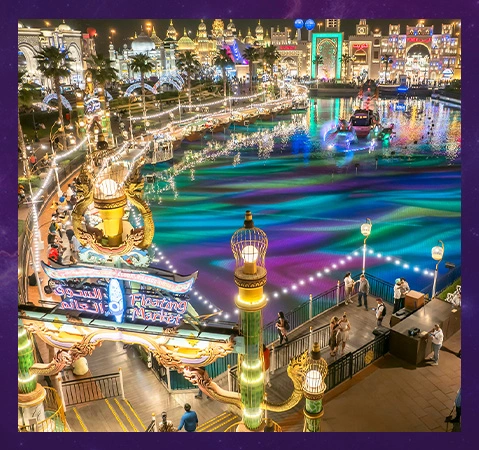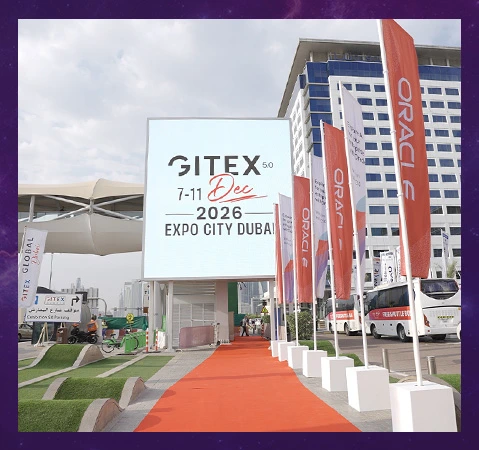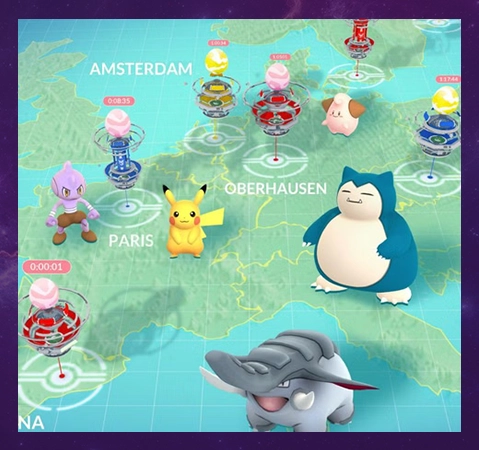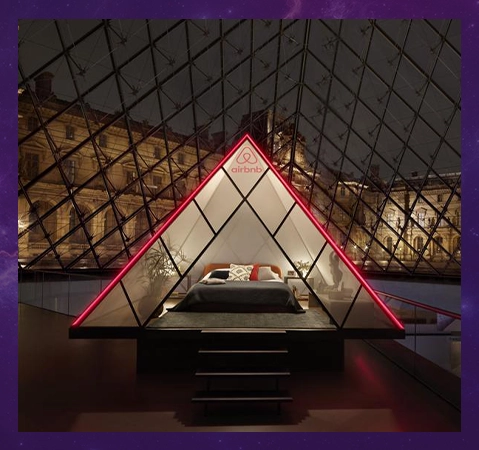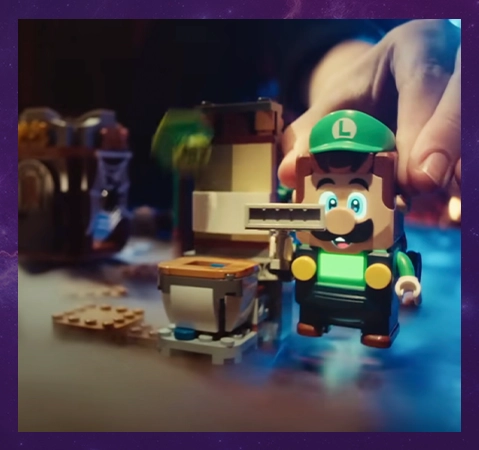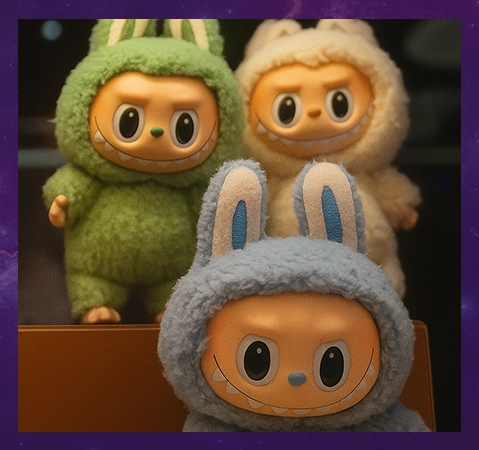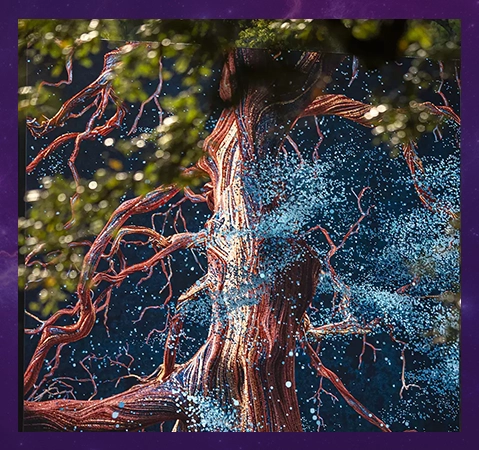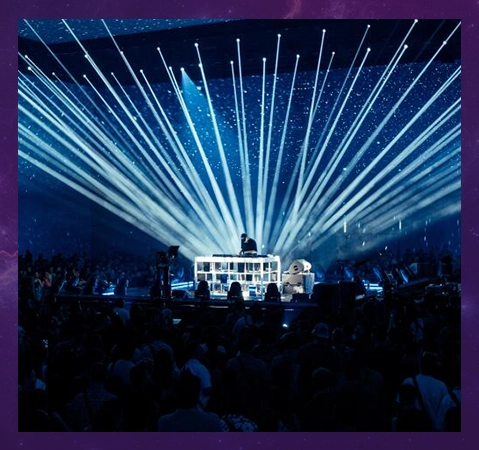
The Five Senses Principle: Transforming Event Production Beyond the Visual
share
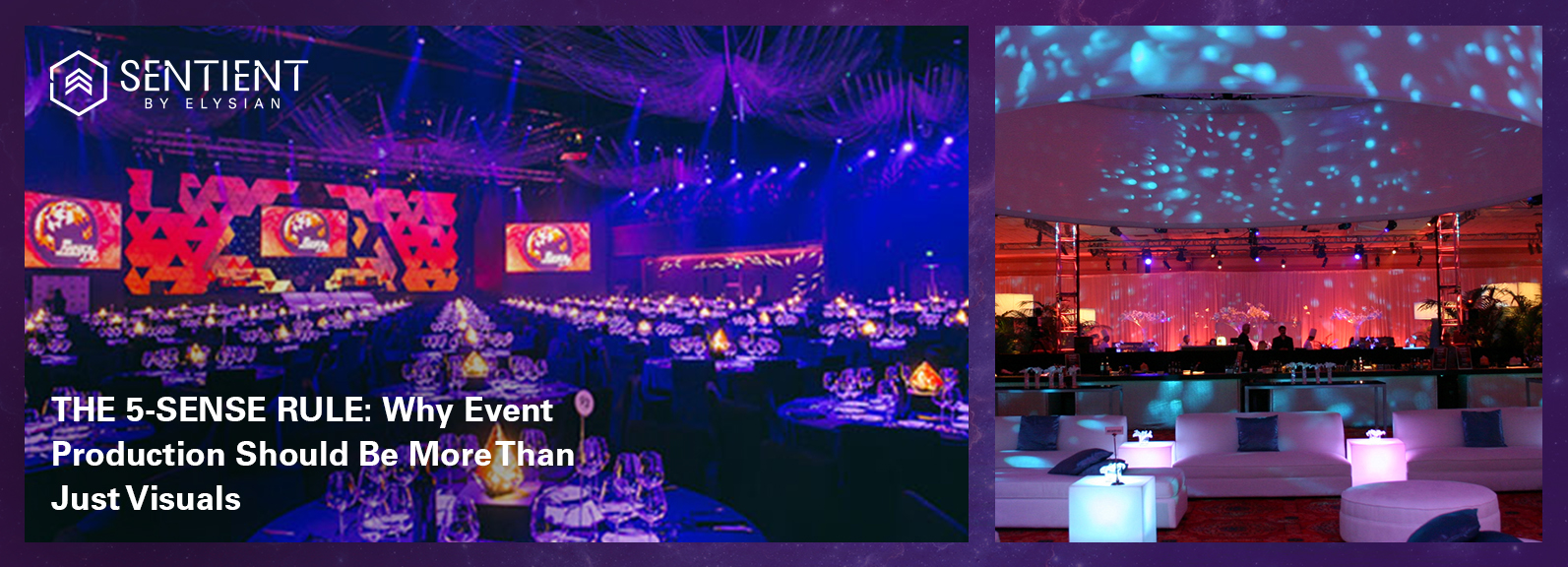
In the fast-paced world of event production, it's easy to get mesmerized by the stunning visuals that dominate the industry. Striking stage setups, mesmerizing lighting, and vibrant color palettes often take center stage, creating a spectacle for the eyes. However, focusing solely on visual elements can result in a hollow experience that lacks depth. To craft truly unforgettable and immersive events, it's crucial to engage all five senses: sight, sound, touch, taste, and smell.
When event creators tap into the potential of multi-sensory experiences, they cultivate a richer emotional bond with participants. Picture entering an event where visuals are paired with an enchanting soundtrack, delightful aromas fill the space, mouthwatering tastes excite the palate, and interactive features invite guests to engage through touch. This comprehensive approach not only boosts participant engagement but also nurtures a sense of community and shared experience among attendees.
This article delves into the importance of the five senses principle in event production, showcasing how a multi-sensory approach can elevate event design from the mundane to the remarkable. By grasping and applying this method, event professionals can curate experiences that resonate long after the event concludes, leaving attendees with cherished memories for years to come.
The Impact of Audio
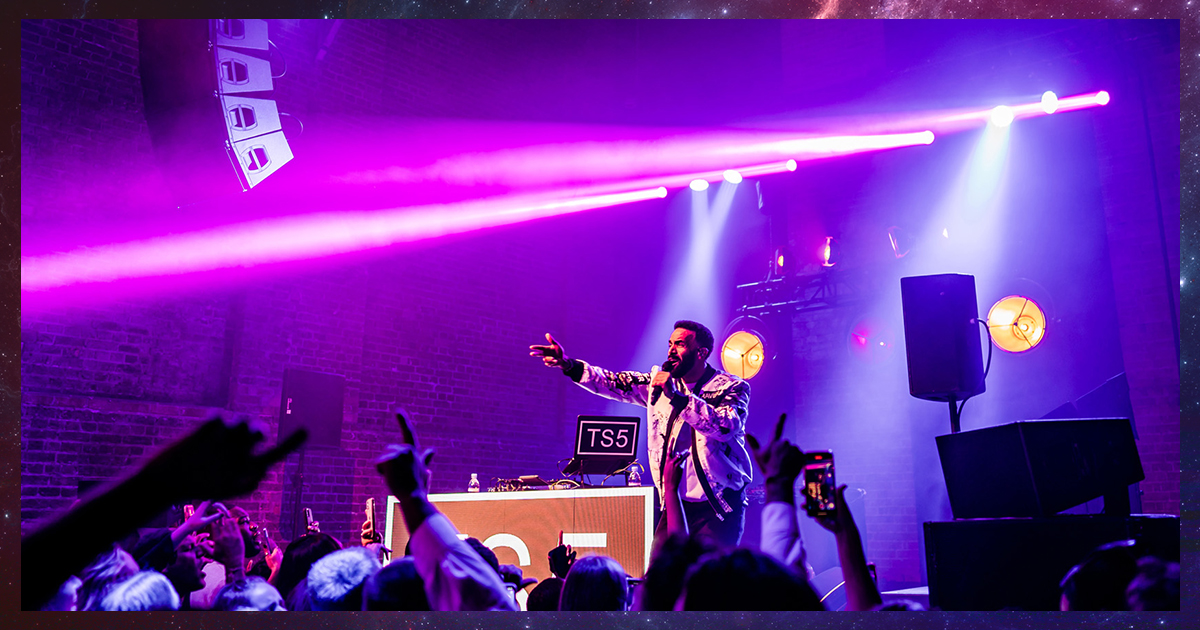
Audio is frequently an underestimated aspect of event production, yet it plays a crucial role in shaping the overall experience and effectively representing a brand on the global stage. The sound component of an event can elicit emotions, craft atmospheres, and reinforce brand messaging in ways that visuals alone cannot accomplish.
Consider a major product launch for an international brand. The appropriate soundscape can heighten the anticipation surrounding the unveiling. Thoughtfully curated background music, specifically chosen to resonate with the brand's identity and target demographic, can establish the mood even before attendees step into the venue. For example, a tech firm might select cutting-edge electronic tracks to foster an atmosphere of innovation, while a luxury label could opt for refined classical melodies to evoke sophistication and exclusivity.
Live performances, whether by musicians or speakers, can further enrich the auditory experience, engaging the audience and creating unforgettable moments. A compelling keynote address, paired with an uplifting soundtrack, can amplify the message and resonate more profoundly with attendees, ensuring that the brand's mission and values are etched in their memory.
Incorporating sound effects can also enhance the experience. For instance, the roar of an enthusiastic crowd can build excitement before a significant announcement, while the sharp sound of breaking glass can intensify the drama during a product reveal. These auditory signals not only captivate but also reinforce the brand narrative, transforming attendees from passive observers into active participants in the experience.
Ultimately, by leveraging the power of audio, brands can cultivate a vibrant and immersive environment that leaves a lasting mark. In an era where attention spans are dwindling, the right auditory elements can cut through the clutter, ensuring the brand's presence is felt and remembered on a global scale.
The Significance of Tactile Engagement
The sense of touch is a potent yet often overlooked element in event production, capable of leaving a lasting impression and fostering deeper connections between attendees and a brand. By incorporating tactile experiences, event creators can encourage guests to engage with the event in a more personal and meaningful manner, enriching the overall atmosphere and reinforcing brand messaging.
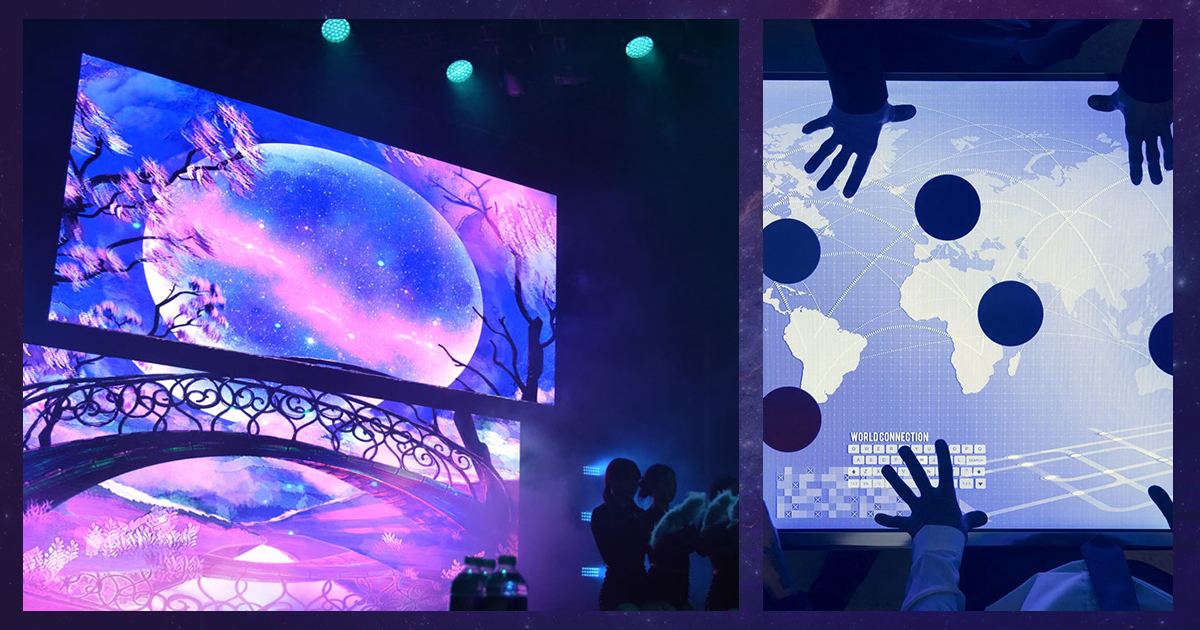
Imagine a fashion label presenting a global showcase of its latest collection. By allowing attendees to feel the fabrics, explore various textures, and interact with the garments, the brand can create an experience that transcends visual appeal. Guests can truly appreciate the quality and craftsmanship through touch, leading to a stronger emotional bond with the products. This sensory engagement helps potential customers recognize the value of the brand, increasing the likelihood of their investment in the showcased items.
Interactive installations also present significant opportunities to engage the sense of touch. For instance, a tech company might set up hands-on demonstrations where attendees can manipulate devices or immerse themselves in virtual reality environments. These tactile interactions not only educate guests about the products but also create unforgettable moments that linger long after the event has ended.
Moreover, the physical environment plays a vital role in shaping the tactile experience. Comfortable seating, textured decor, and the arrangement of interactive elements can all impact how attendees connect with the event. For example, a cozy lounge area adorned with plush furnishings can encourage relaxed conversations, fostering connections among guests and reinforcing the brand’s image as inviting and accessible.
By thoughtfully weaving the sense of touch into event design, brands can craft immersive experiences that leave a profound impact. Engaging the sense of touch invites attendees to become active participants, deepening their understanding and appreciation of the brand while forging emotional connections that resonate far beyond the confines of the event itself.
The Transformative Power of Vision
Vision is the most influential sense in event production, and its potential can be magnified through innovative technologies like Augmented Reality (AR) and Virtual Reality (VR). These visual tools can create breathtaking, immersive environments that not only capture attention but also enhance brand storytelling in meaningful ways.
Imagine a leading tech company launching its latest product at a cutting-edge event. With AR, attendees can use their smartphones or AR glasses to view virtual elements superimposed onto the real world. For instance, as they navigate the venue, they could point their device at a product display and instantly access interactive content, such as 3D models, detailed specifications, or videos demonstrating the product in action. This dynamic visual engagement allows guests to discover the brand in a more interactive and informative way, making the experience not only visually captivating but also highly educational.
VR elevates this immersion even further by transporting attendees into fully virtual environments. For a travel brand, this could involve creating a virtual tour of exotic destinations where guests can "experience" a vacation without ever leaving the venue. By offering a compelling visual narrative through VR, the brand can inspire wanderlust and excitement, leaving attendees eager to plan their next adventure.
Additionally, integrating virtual shopping experiences can further enhance the visual appeal of an event. Picture a fashion brand setting up a virtual boutique where attendees can browse collections in 3D and try on outfits using AR technology. This approach not only showcases the products in an engaging manner but also facilitates an interactive shopping experience that can lead to immediate purchases, making the event both memorable and commercially rewarding.
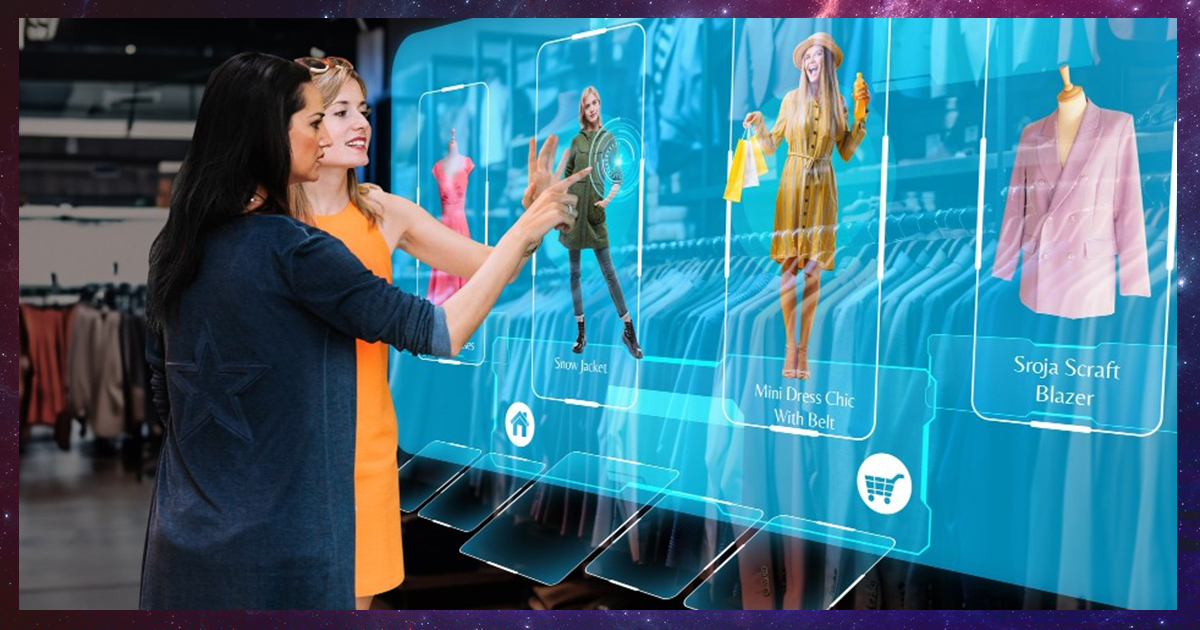
Sentient By Elysian (SBE) is a pioneering event marketing agency based in Dubai, specializing in customized solutions that elevate brand engagement. SBE utilizes cutting-edge technologies like AR and VR to create immersive experiences, including virtual shopping. Through AR, customers can visualize products in their own environments, ensuring a perfect fit before purchasing, while VR transports shoppers to personalized virtual showrooms, enhancing their shopping journey. By offering curated selections and interactive experiences, SBE not only boosts customer satisfaction but also fosters deeper connections between brands and their audiences, driving loyalty in a competitive market.
The Importance of Flavor

The sense of taste is a formidable asset in event production, capable of elevating a gathering into an unforgettable culinary experience that enhances brand identity and fosters connections among attendees. By thoughtfully incorporating food and beverages into an event, brands can create memorable moments that resonate long after the occasion has ended.
Picture a global food brand introducing a new product line. By providing samples of the new flavors, attendees can experience the quality and uniqueness of the offerings firsthand. This not only delights the palate but also forges a direct connection between the product and the attendee’s experience. When guests enjoy a delectable dish or drink, they’re more likely to associate those positive feelings with the brand, leading to increased loyalty and enthusiastic word-of-mouth promotion.
Thematic food stations can further enrich the event’s narrative. For instance, a travel brand could create culinary stations representing various countries, allowing attendees to sample dishes that reflect diverse cultures. This approach not only engages the sense of taste but also immerses guests in the brand’s story, evoking feelings of adventure and exploration. By aligning flavors with the overall theme, organizers can create a cohesive experience that reinforces brand messaging.
Moreover, innovative presentations of food and drink can enhance visual appeal, making the tasting experience even more engaging. Unique serving styles, such as interactive food sculptures or edible cocktails, can intrigue guests and spark conversations. When attendees share their experiences on social media, this visual storytelling can significantly broaden the brand’s reach.
The Power of Scent in Event Production
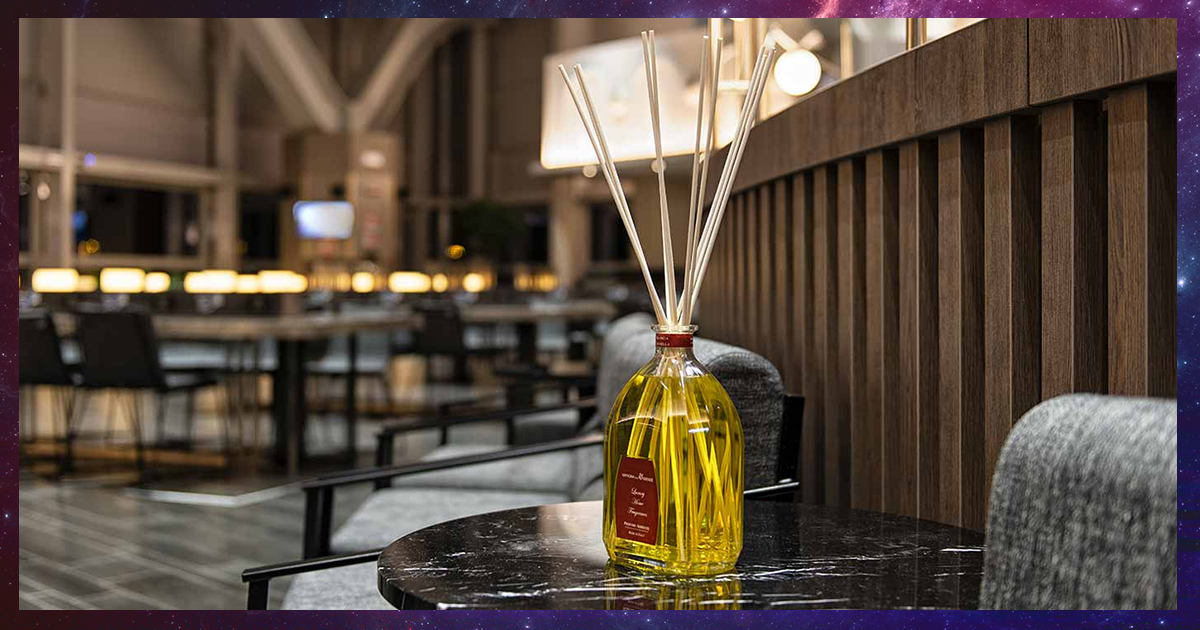
The sense of smell is one of the most potent triggers of memory and emotion, making it an essential element in event production. By carefully selecting scents, event designers can create an atmosphere that enriches the overall experience while reinforcing brand identity, ultimately leaving a lasting impression on attendees.
Imagine a luxury skincare brand hosting a global launch event. By incorporating signature scents associated with their products throughout the venue, attendees are enveloped in a captivating olfactory experience. Aromas of natural ingredients like fresh lavender or invigorating citrus not only reflect the brand's commitment to quality and authenticity but also evoke feelings of relaxation and well-being. When attendees connect these pleasant scents with the brand, they are more likely to remember and engage with the products.
Scent marketing can also be strategically employed to enhance specific areas of the event. A hospitality brand might use comforting scents like vanilla and cinnamon in breakout sessions to foster a cozy, inviting atmosphere. In contrast, a tech company could opt for fresh, clean scents such as eucalyptus or mint in product demonstration areas to convey innovation and energy. The targeted use of scent can guide attendees’ emotions, shaping their overall perception of the brand.
Incorporating interactive scent experiences can deepen engagement even further. For example, a wine brand might set up a sensory station where guests can smell various notes found in their wines, enriching their tasting experience. This multi-sensory approach not only educates attendees about the products but also cultivates a deeper appreciation for the brand.
Omer Polak's TED Talk emphasizes the profound impact of smell on our lives, highlighting its role in memory and emotion. He discusses how design innovation and neuroscience can enhance our sensory experiences, reinforcing the idea that scent is crucial in event production. By harnessing the power of smell, brands can create rich, multi-layered experiences that resonate with attendees on a personal level, ensuring lasting connections and unforgettable events.
In A Nutshell!
In the competitive landscape of event production, engaging all five senses—sight, sound, touch, taste, and smell—is crucial for crafting truly unforgettable and impactful experiences. Each sense contributes uniquely to how attendees perceive and connect with a brand. By utilizing emotional soundscapes, tactile interactions that encourage participation, captivating visuals through AR and VR, and delightful culinary experiences, brands can create immersive environments that resonate deeply with their audience.
This multi-sensory approach not only boosts engagement but also fosters a sense of belonging and connection among participants, ensuring that the event becomes a lasting memory rather than a fleeting moment. As exemplified by innovative companies like Sentient By Elysian, leveraging technology can enhance these sensory experiences, driving brand loyalty and providing a competitive advantage in a crowded market.
Ultimately, by embracing the power of multi-sensory design, event professionals can transform ordinary gatherings into extraordinary experiences that leave a lasting impact, forging emotional connections that endure long after the event concludes. In a world where sensory engagement is vital, the five-sense principle is not merely an enhancement—it’s an essential strategy for successful event production.



